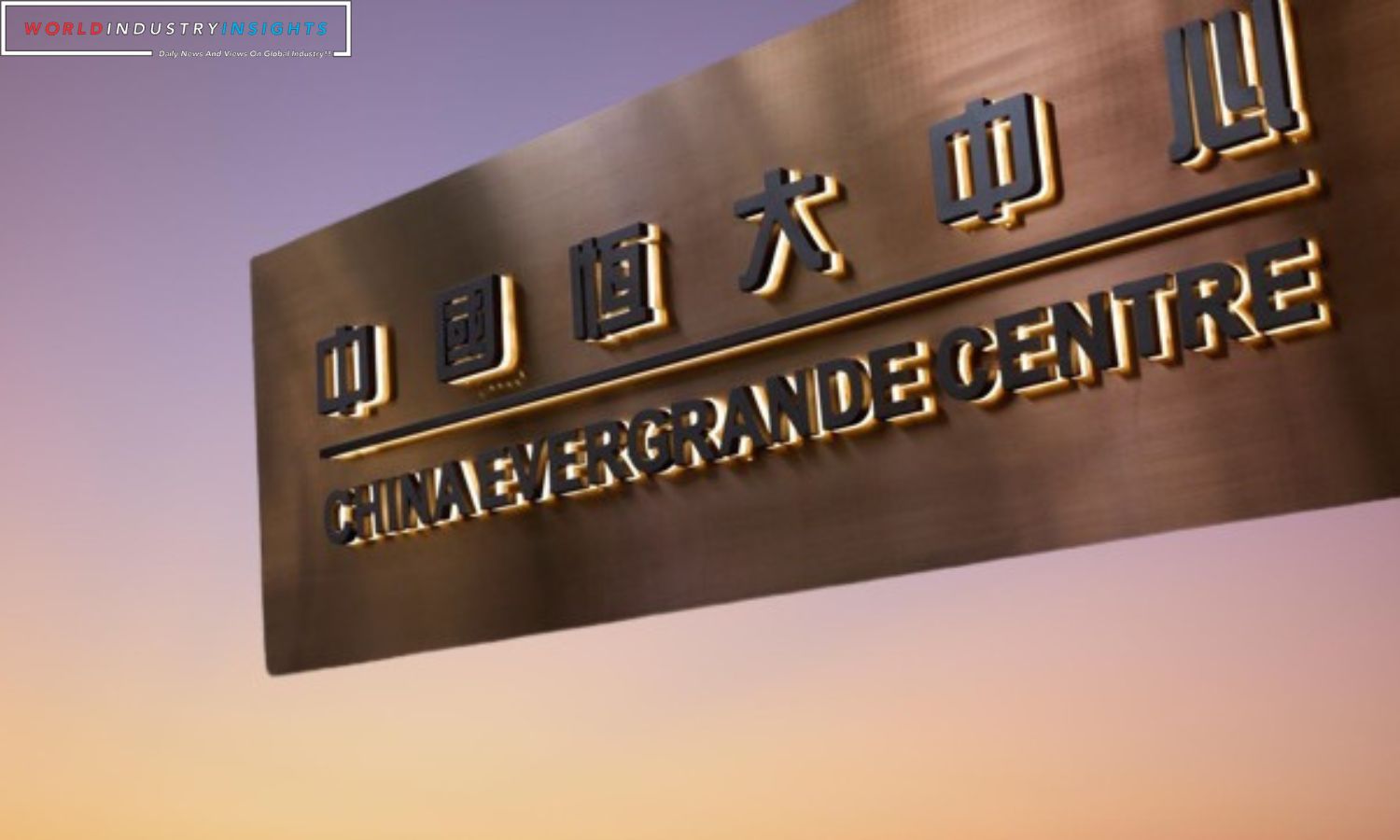Evergrande New Debt Plan: China’s embattled property giant, Evergrande, has put forth a fresh proposal to restructure its debt, targeting offshore bondholders. The plan involves swapping a portion of the bondholders’ debt for approximately a 30% equity stake in two of Evergrande’s Hong Kong-listed subsidiaries.
However, this offer may require bondholders to accept significant losses on their investments. The offshore bondholders, who hold around $19 billion in debt, face a challenging decision. Evergrande’s dollar bonds are currently trading at just about 2.25 cents on the dollar, making the decision even more complex.
A lawyer representing a group of key bondholders argued in a Hong Kong court that this restructuring plan might offer a better recovery rate compared to a liquidation scenario, which could yield less than 3%. The two subsidiaries where bondholders may receive equity stakes are Evergrande Property Services Group and Evergrande New Energy Vehicle Group, both of which have seen their share prices plummet by over 80% this year due to Evergrande’s financial troubles.
The combined market value of these subsidiaries is currently around HK$9 billion ($1.15 billion). Bondholders who opt for the proposed deal would be granted existing shares in these units, subject to approval by Chinese regulators.
Also Read: Evergrande D-Day Delayed: Last Chance for Rescue
This new proposal comes after Evergrande’s original debt restructuring plan encountered setbacks when the company’s founder, Hui Ka Yan, faced investigations related to suspected criminal activities. Additionally, Evergrande was banned from issuing new dollar bonds, a crucial component of its initial restructuring plan, while its mainland unit was under regulatory scrutiny.
The fate of this renewed proposal is vital for Evergrande’s survival, as a Hong Kong court has ordered the company to formulate a concrete debt restructuring plan before a liquidation hearing scheduled for December 4.
The original plan, supported by a group of bondholders, allowed creditors to exchange their holdings for new notes with maturities ranging from 10 to 12 years or convert them into various combinations of new notes with tenors between five to nine years and equity-linked instruments, without a direct haircut.
Nonetheless, Evergrande faces a significant challenge in convincing its creditors and shareholders in the two Hong Kong-listed units that this new proposal is in their best interest. Some key bondholders, classified as Class C by Evergrande, which includes private lenders, select Chinese banks, and pre-IPO investors, had expressed dissatisfaction with the previous plan and demanded improved terms before it fell apart. The ad hoc group of bondholders appears to be wary of the revised terms, particularly the equity offering in the Hong Kong-listed subsidiaries.
Our Reader’s Queries
How much debt is China Evergrande in?
The court hearing for the winding-up petition of Chinese property developer, Evergrande, has been postponed until Jan. 29. The company is currently attempting to gain support from its creditors for a plan to restructure over $300 billion in debt, in order to avoid liquidation.
What happens if Evergrande liquidates?
In the event that the court orders Evergrande to be liquidated, a provisional liquidator will be appointed to take charge and prepare for the sale of the company’s assets to pay off its debts. Following this, an official liquidator will be appointed to oversee the process. This is a necessary step to ensure that the company’s creditors are repaid.
What if Evergrande defaults?
The potential impact of Evergrande’s collapse on China’s financial system is a major concern. If the company fails, banks and other lenders may be forced to reduce lending, leading to a credit crunch. This could make it difficult for companies to borrow money at reasonable rates, causing further financial strain.
What is the total liabilities of Evergrande?
On Monday, Evergrande announced a staggering loss of $81 billion for the years 2021 and 2022. The company’s total liabilities reached a whopping 2.4 trillion yuan ($335 billion) in 2021, marking a 23% increase from the previous year. This news is concerning for the company and its stakeholders, as they navigate the challenges of the current economic climate.


